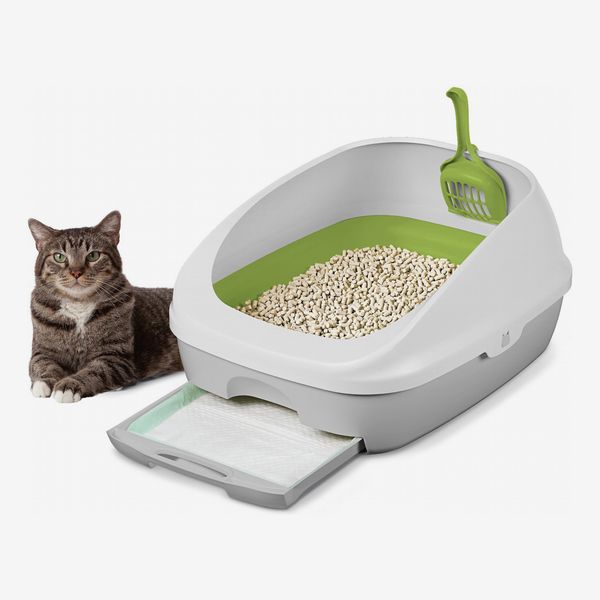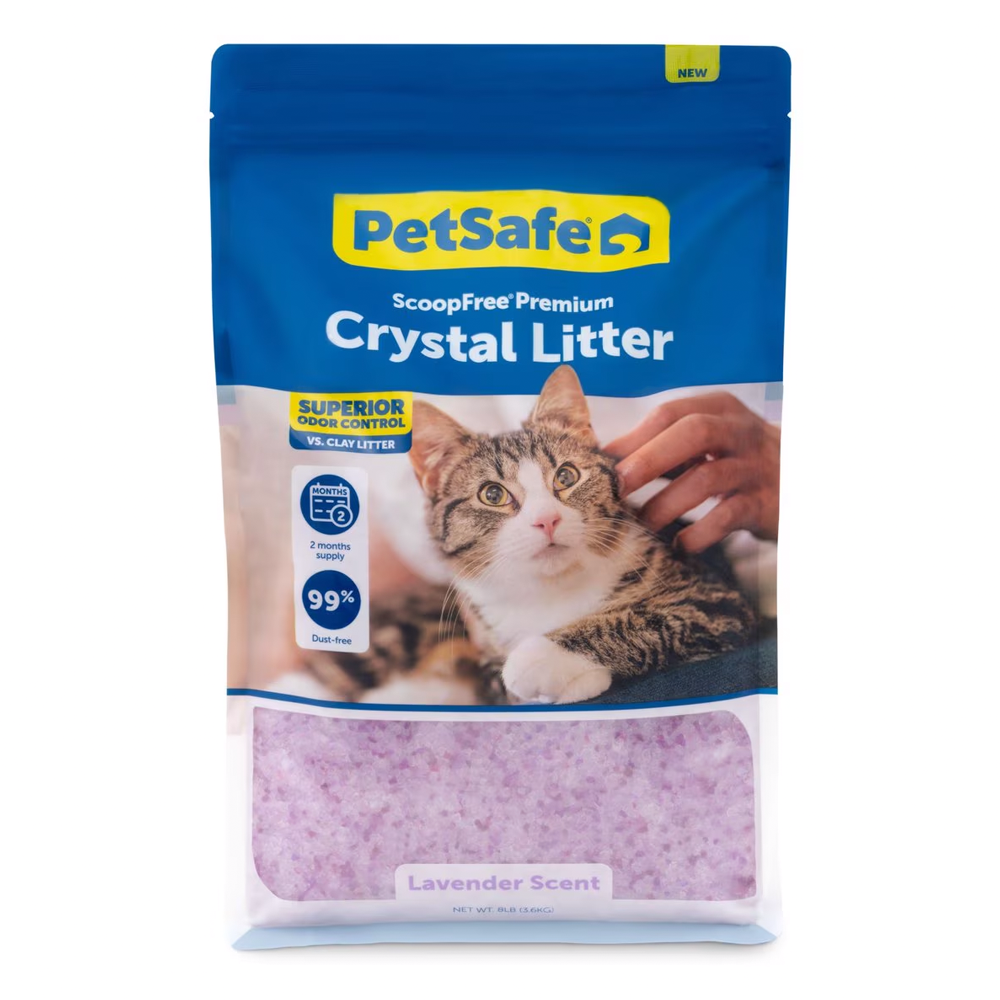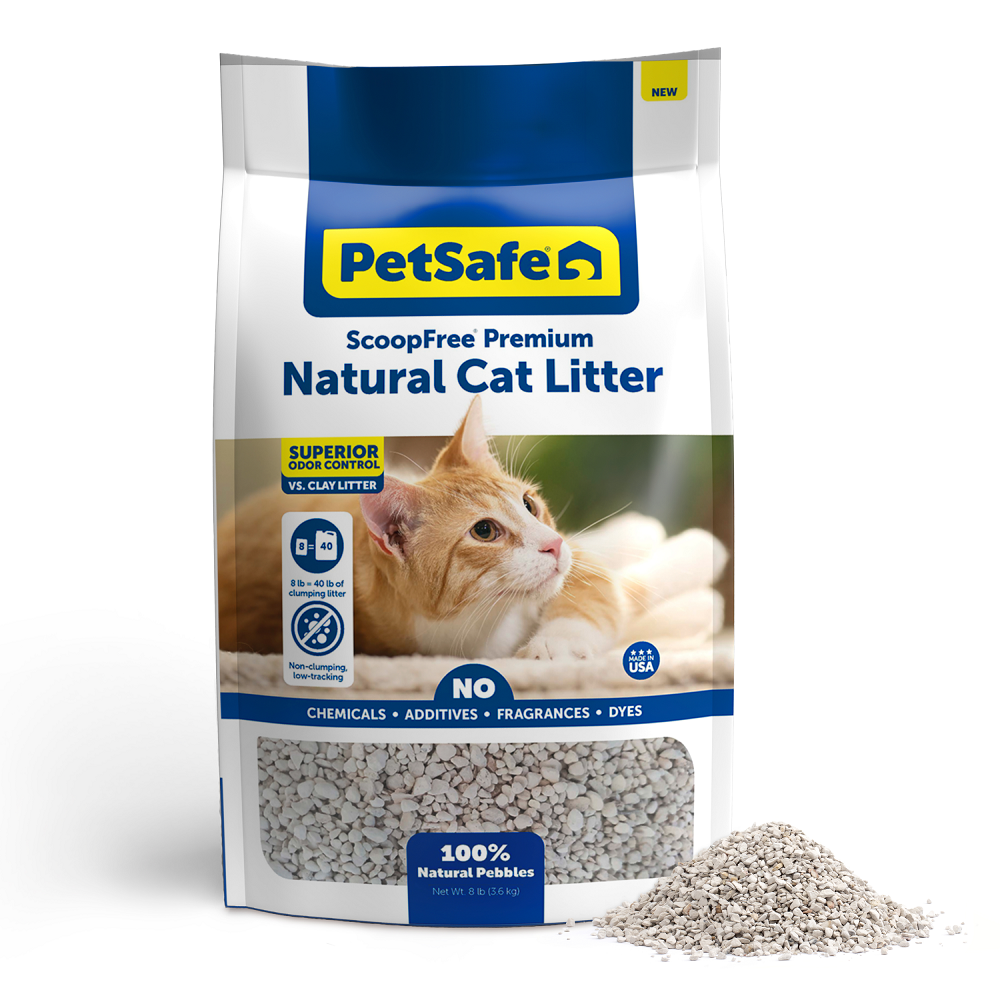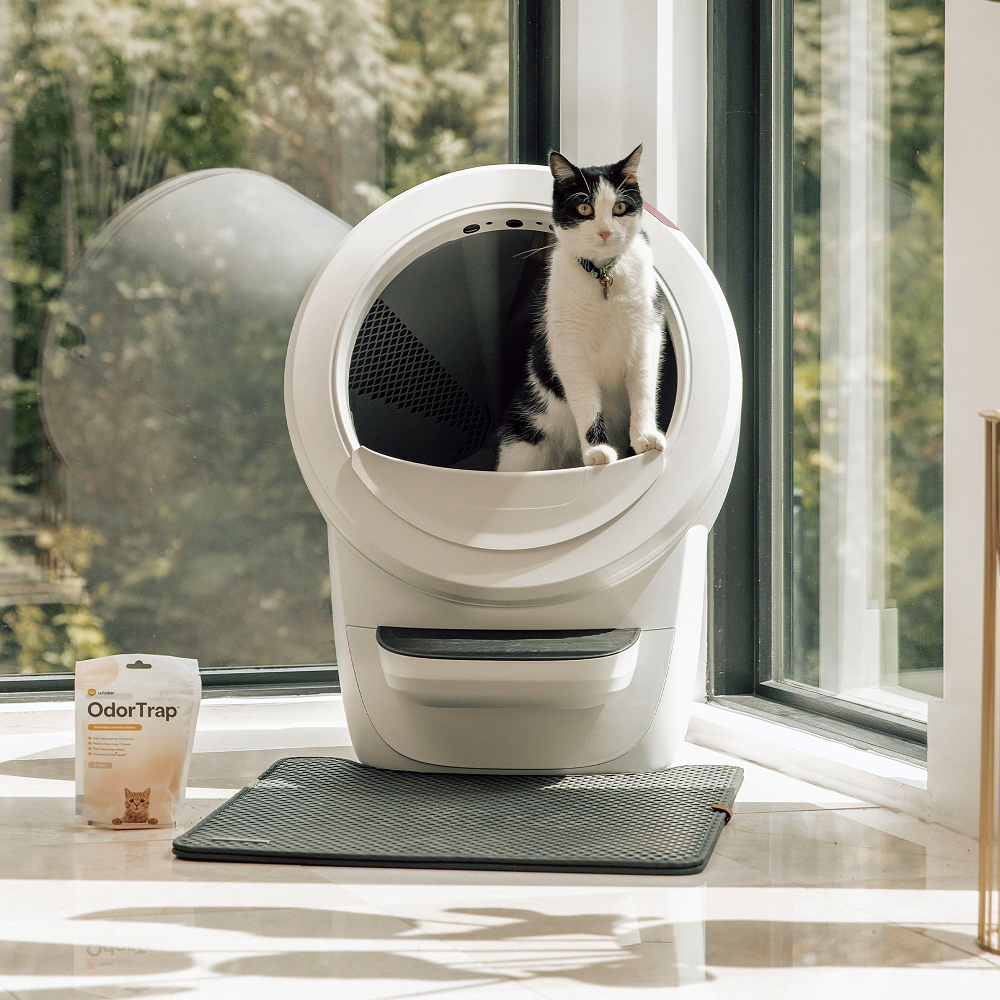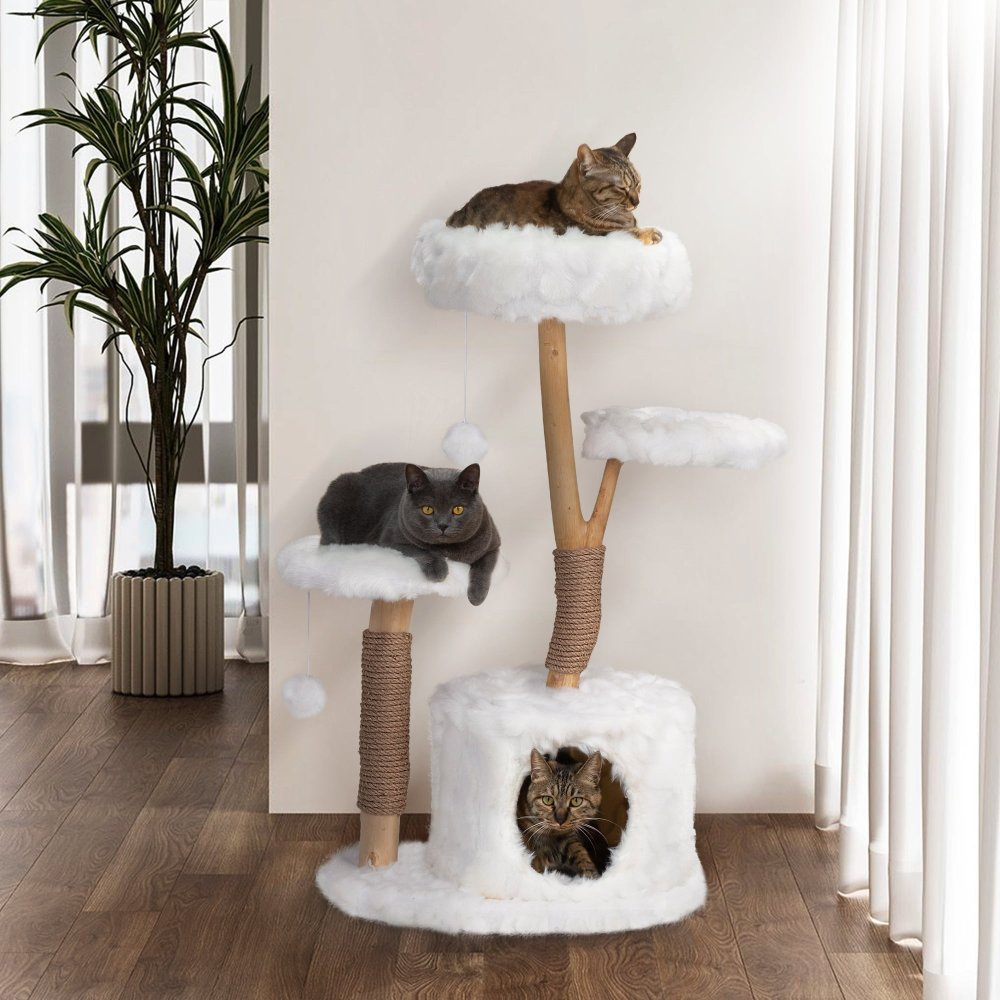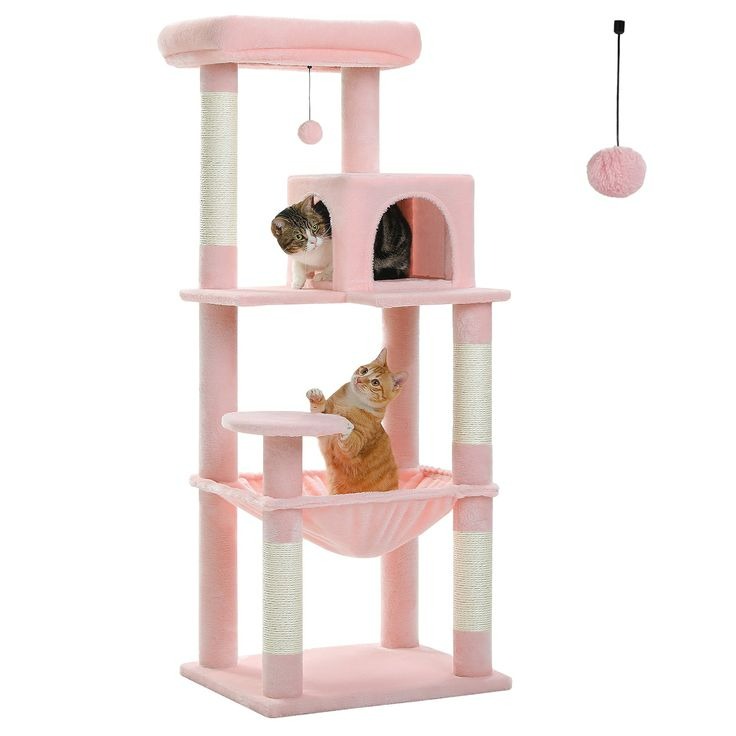The Role of Raw Materials in Cat Litter Costs
Understanding the costs of cat litter begins with the raw materials used. The variety of materials directly influences the pricing due to the difference in sourcing and processing steps involved.
Types of materials used and their impact on price
Several materials are common in cat litters production. Clay, silica, recycled paper, and natural options like wood and corn are prevalent. Clay, while abundant, requires extensive processing to reach a usable form, driving up costs. Silica offers excellent odor control and absorbency but is more expensive due to complex manufacturing processes. Recycled paper is eco-friendly and cost-effective, but might not offer the same odor control as other materials. Natural choices like wood and corn are environmentally friendly and biodegradable, but their costs can vary based on availability and processing requirements.
Manufacturing and Production Expenses
From sourcing to packaging, every step in the manufacturing process contributes to the final cost of cat litters. Here’s how:
How production processes affect the total cost
The production of cat litter involves multiple steps, each adding to the cumulative cost. Mining and refining raw materials like clay demand significant energy and labor, which drive up production expenses. Processes such as forming, drying, and adding odor-control additives to the litter also impact costs. Modern machinery and quality checks further elevate production investments.
Efficient clumping agents in some litters result from advanced research and development, leading to higher production costs. Similarly, the creation of dust-free or lightweight litters involves additional steps, increasing the unit cost. Why is cat litter so expensive? The answer often lies in the sophisticated manufacturing processes designed to improve the product but inadvertently inflate prices.
Eco-friendly litters—made from recycled paper, wood, or corn—can require unique processing to ensure functionality, contributing to higher costs. However, while the production processes play a major role in price determination, the benefits of premium litter, such as strong odor control and less frequent changes, often justify the expenditures for many consumers.
In summary, the behind-the-scenes efforts to provide high-quality, effective, and safe cat litters significantly influence its market price, making it an essential consideration for manufacturers and buyers alike.
Transportation and Storage Factors
Transportation and storage significantly impact cat litter pricing. Heavy and bulky, cat litter incurs substantial transport and warehousing costs. These expenses then reflect in its retail price.
The influence of logistics on cat litter pricing
Logistics plays a crucial role in the final price of cat litters. Due to its weight, distributing cat litter is costly. Storing large quantities also adds to overall costs. Tallies include fuel, labor, and storage fees, all factoring into cat litter’s expense.
Shipping costs vary by distance. Longer routes mean higher fuel consumption and increased delivery charges. Warehousing demands space and maintenance, further ratcheting up the price. Thus, logistics becomes a significant determinant in why cat litter is so expensive.
In conclusion, to understand cat litter pricing, one must consider transportation and storage. These logistics factors are pivotal in the journey from manufacturing to the consumer’s home. Addressing these costs could lead to more affordable cat litter solutions, benefiting both retailers and cat owners alike.
Marketing and Branding Dynamics
The cost of cat litter is also driven by marketing and branding efforts. Companies invest in advertising to reach customers. These costs affect the product’s final price.
How marketing strategies contribute to higher prices
Cat litter brands use marketing to build trust and demand. Ads, packaging, and promotions raise costs. These strategies make cat litter more expensive for consumers.
The Impact of Market Competition
The competitive landscape in the cat litter industry plays a significant role in shaping prices. Brands consistently innovate to differentiate their offerings, leading to unique features that often command premium pricing.
- Innovative Features: Brands introduce new litter variants with advanced odor-neutralizing capabilities, low dust formulations, and specialized textures. These innovations cater to specific consumer needs but come with increased R&D costs, impacting the final product price.
- Unique Selling Propositions (USPs): To stand out, companies develop USPs like biodegradable litters or health-monitoring clays. These USPs make products more attractive but add to the production cost due to the use of specialized materials and technologies.
- Brand Positioning: Some litter brands position themselves as premium, targeting consumers willing to pay more for perceived higher quality or specific benefits like environmental sustainability.
- Marketing Investments: Competition drives brands to invest in marketing and advertisements, which effectively build brand recognition but also increase the cost that consumers ultimately pay.
- Consumer Trends: As the demand for specialized cat litter grows (such as hypoallergenic or lightweight options), companies respond with tailored products that may be pricier than standard offerings due to their niche market appeal.
In summary, market competition fuels a cycle of continuous innovation and branding efforts that lead to diverse and specialized products. However, this also results in a range of prices, with premium features reflected in higher costs for consumers looking for specific litter solutions.
Retail Markup and Profit Margins
Retailers add their own costs to cat litter prices. Knowing why they do this helps us understand the full price.
Understanding retailer strategies in pricing
Retailers mark up cat litter to cover costs and earn profits. They factor in store expenses and consumer demand to set prices.
Retailers must pay for store operation costs. These include rent, utilities, and staff salaries. To cover these, they add a markup to cat litter.
Retail markups also reflect the competitive market. Retailers may increase prices if demand is high or if the litter has unique features. They also consider competition and may adjust prices to stay competitive.
Large retail chains may offer cat litter at lower prices due to economies of scale. They buy in bulk and negotiate better deals with suppliers. This helps them keep prices down for shoppers.
Small stores may charge more for cat litter. They buy less and can’t get the same discounts as big chains. This leads to higher prices for customers.
Seasonal sales and promotions can reduce cat litter costs. Retailers often lower prices at certain times to attract more customers. Keep an eye out for these deals.
Retail strategy affects cat litter pricing. Understanding this helps shoppers make smart buying decisions. Look for stores with lower markups or wait for sales to save on costs.
Consumer Behavior and Demand
Understanding consumer behavior and demand is crucial in deciphering cat litter pricing.
How preferences and behaviors affect cat litter pricing
Cat owners’ preferences heavily influence cat litter costs. Many prefer quality over cost, choosing premium options for their pets. These preferences drive up demand for high-end litters with advanced features. Manufacturers respond to this demand with special formulas, which can be costly. These preferences thus shape the market, resulting in diverse pricing.
Behavior impacts litter selection too. Some owners prioritize eco-friendliness, shifting demand towards sustainable litters. Others look for specific benefits like odor control or easy maintenance, willing to pay more for these features. With varying demands, manufacturers tailor their products to match, leading to a varied price spectrum.
In essence, consumers’ willingness to invest in certain types of litter affects market trends. This, in turn, leads to adaptations in pricing strategies by both manufacturers and retailers. Recognizing these patterns can assist customers in making informed decisions when purchasing cat litter.
Budget-Friendly Alternatives and Savings Tips
Cutting costs on cat litter is possible without compromising on quality or your cat’s needs.
Practical ways to reduce expenses on cat litter
To save on litter costs, consider subscription services offering regular discounts. Also, look out for sales, loyalty program benefits, and bulk purchasing. Trying out store-brand litters can provide savings as they often match name-brand performance at lower prices.
DIY solutions like homemade litter from newspaper or baking soda can be cheaper. Regularly maintaining your litter box prolongs litter life, reducing overall expenses. By utilizing these tips, cat owners can manage litter costs effectively while ensuring the well-being of their cats.
Budget-Friendly Alternatives and Savings Tips
Finding cost-effective cat litter does not mean you have to sacrifice quality. Here are some practical tips to help you save money without overlooking your cat’s litter needs.
Practical ways to reduce expenses on cat litter
- Buy in Bulk: Purchasing larger bags of litter usually cuts down the cost per pound. Major retailers often offer bulk purchase discounts.
- Look for Deals: Keep an eye out for sales at local pet stores or online. Seasonal deals can bring significant savings.
- Store Brands: Give store-brand cat litters a try. They often match the performance of pricier brands but cost less.
- Coupons and Rewards: Sign up for pet store loyalty programs and use coupons to get discounts on cat litters purchases.
- DIY Litter: Consider homemade options like shredded newspaper or sawdust, which are economical and environmentally friendly.
- Monitor Usage: Use only as much litter as necessary and clean the box regularly, which helps extend the litter’s life.
- Subscription Services: Some online retailers offer subscription discounts, ensuring you get a lower price while avoiding the hassle of frequent shopping.
By following these strategies, cat owners can manage litter costs more effectively, ensuring their furry friends are comfortable without overspending.
